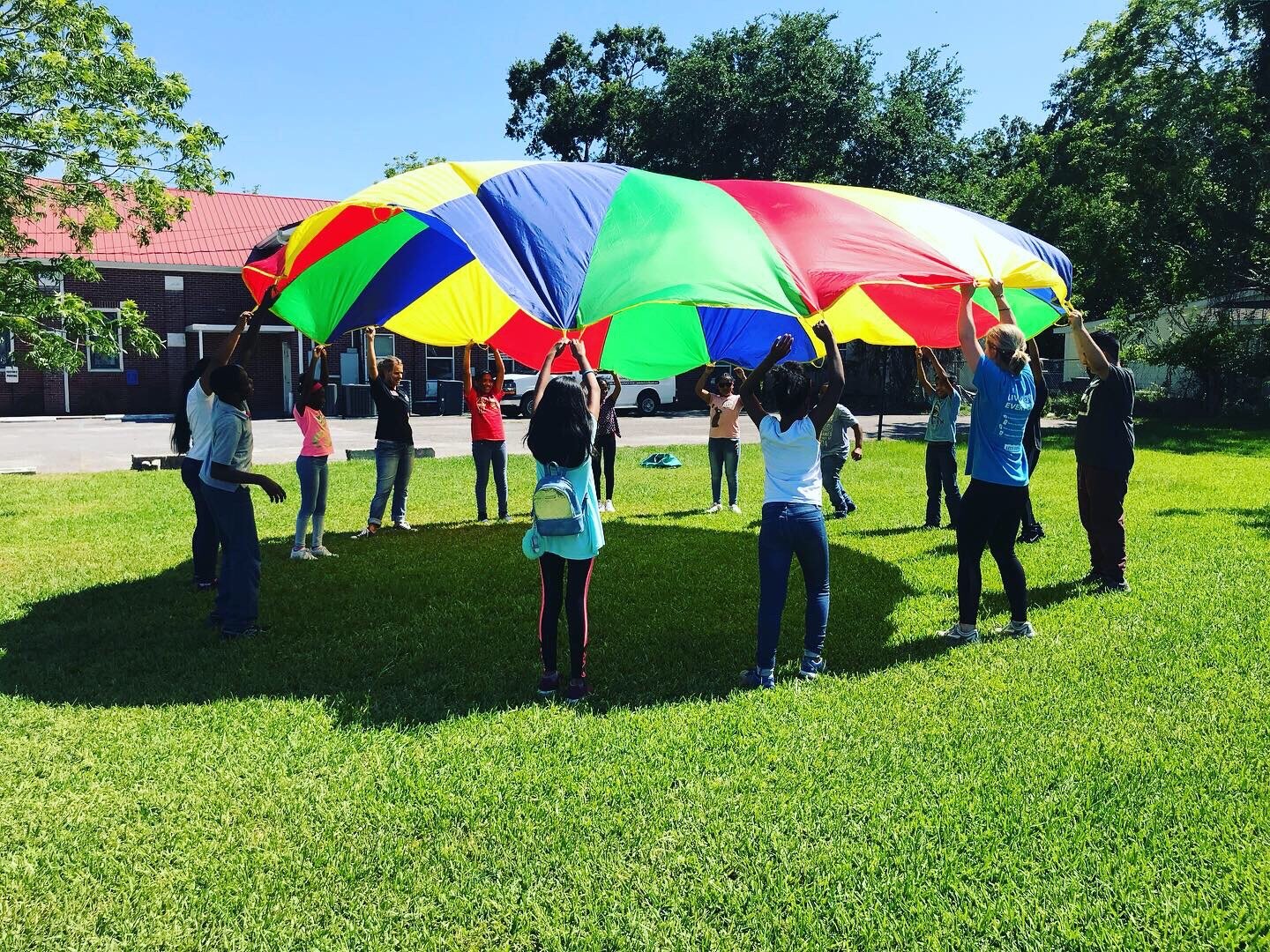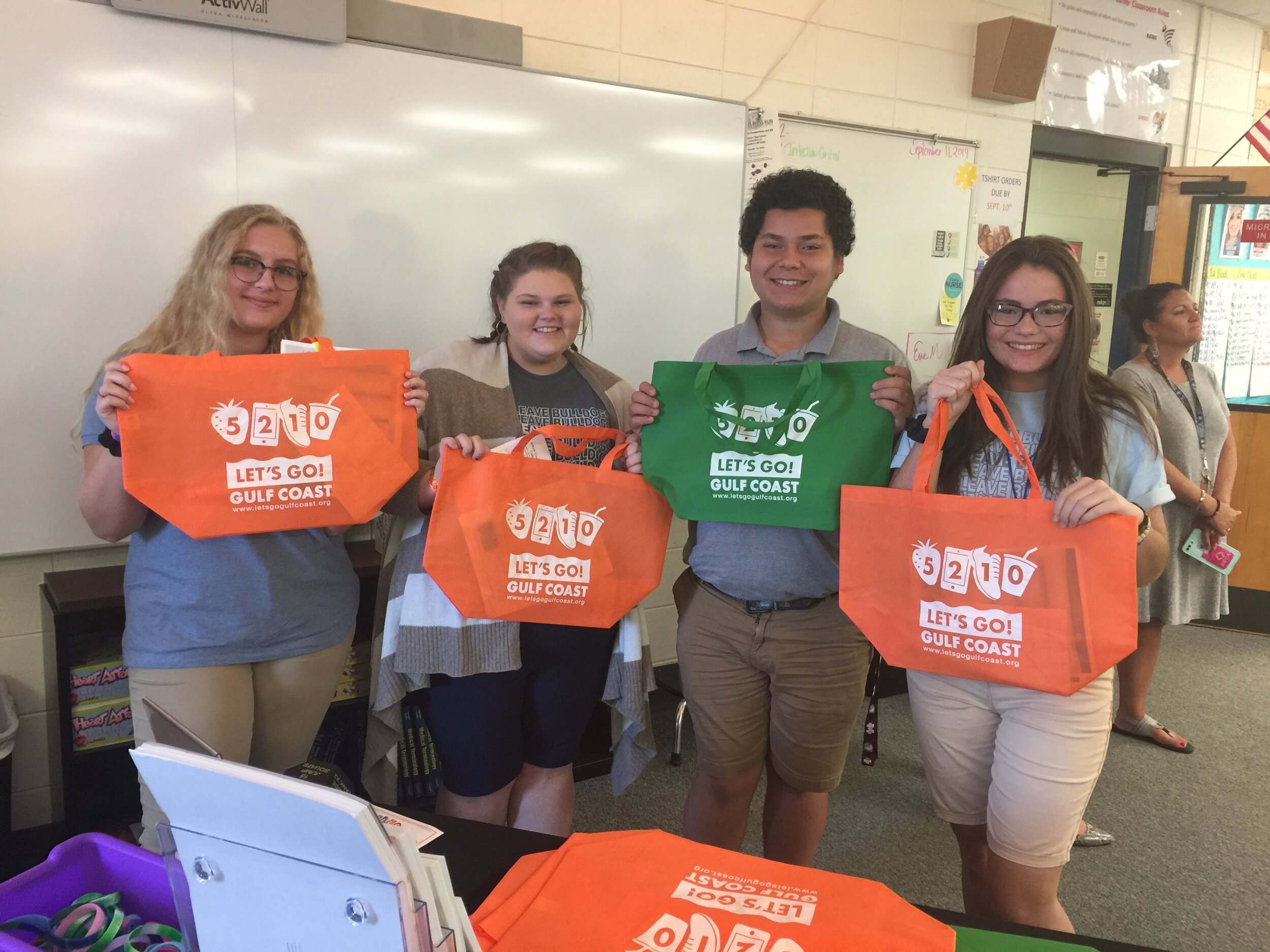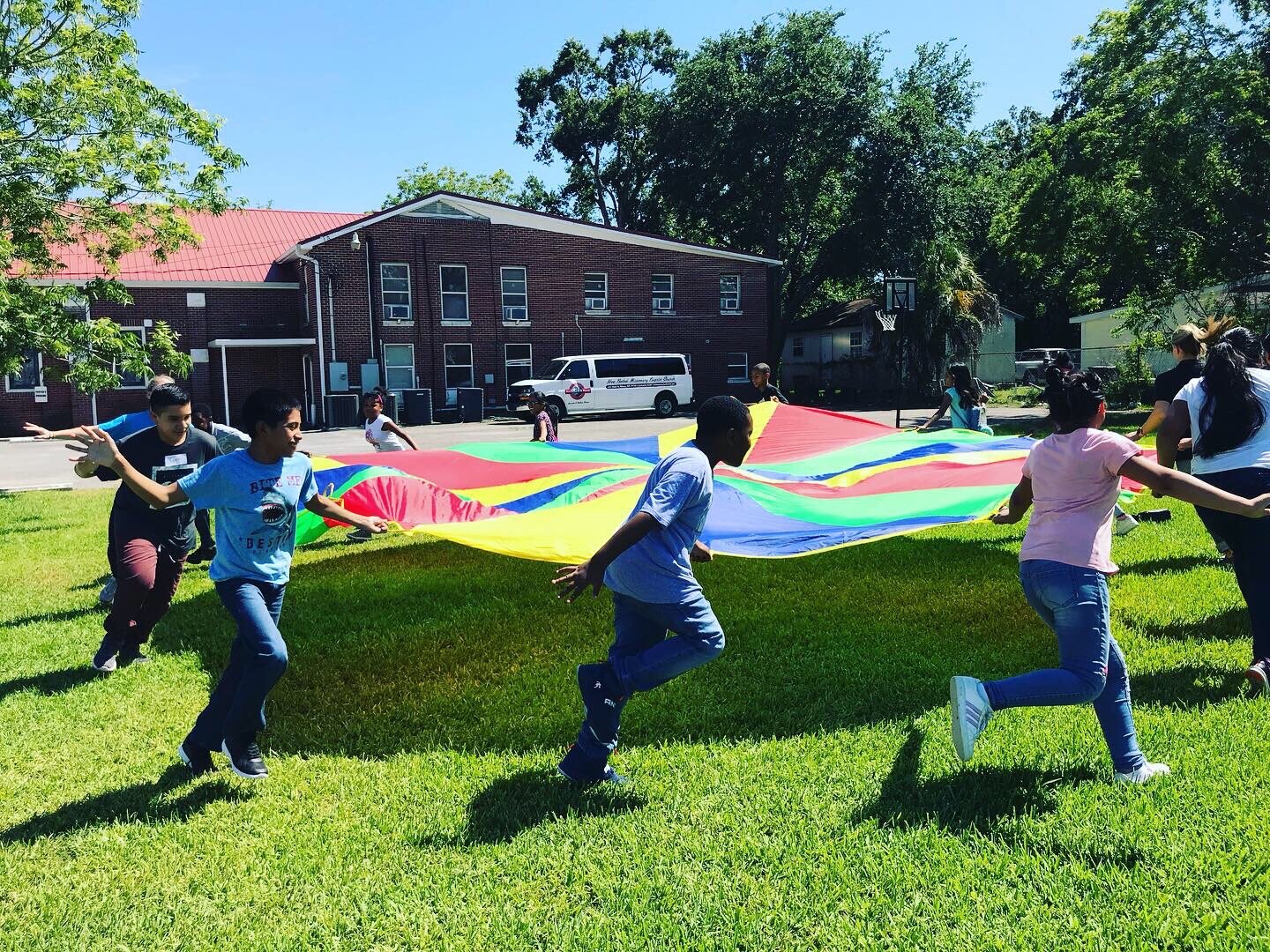After-School Resources
After-School Supports Strong Bodies and Minds
After-school programs have a long history of providing safe and healthy places for children to learn and grow. Such programs also serve youth at a time of day when they are more likely to be inactive and consume less healthy foods. Such programs can work to address those factors while serving as an important bridge between what children learn at school and what behaviors their parents and caregivers allow at home.
6 Strategies for Success
These 6 evidence-based strategies connect to the core message of Let’s Go! Gulf Coast and align with the CDC and the Institute of Medicine's recommendations to support healthy eating and active living. Your work should be focused on these strategies in order to improve environments and policies in early child care, school, after school, and workplace settings.
1
Provide healthy choices for snacks and celebrations; limit unhealthy choices; provide non-food rewards.
For example:
Have non-food celebrations
Encourage parents to provide only healthy options
Use physical activity as a reward
2
limit recreational screen time.
Children should limit recreational screen time to two hours or less a day. Keep TV's and computers out of the bedroom. No screen time for children under the age of 2.
For example:
Work with parents to reduce screen time at home
Find active alternatives to indoor recess
Promote National Screen-Free Week
Provide activity bags that can encourage screen-free evenings
3
provide opportunities for children to get physical activity every day.
Children should get one hour or more of physical activity every day.
For example:
Use physical activity as a reward
Encourage active play
4
provide opportunities for children to get physical activity every day.
Children should get one hour or more of physical activity every day.
For example:
Use physical activity as a reward
Encourage active play
5
partner with and educate families in adopting and maintaining a lifestyle that supports healthy eating and active living.
For example:
Distribute Let’s Go! Gulf Coast parent handouts
Sponsor family education events
Introduce Let’s Go! Gulf Coast at the start of each year, parent/teacher conferences, and/or kindergarten orientation
6
Implement a staff wellness program that includes healthy eating and active living.
For example:
Support healthy staff celebrations
Encourage walking meetings
Allow for physical activity breaks throughout the day
Encourage staff to participate in physical activity with the children…no standing on the sidelines!








